
OR
#OPINION
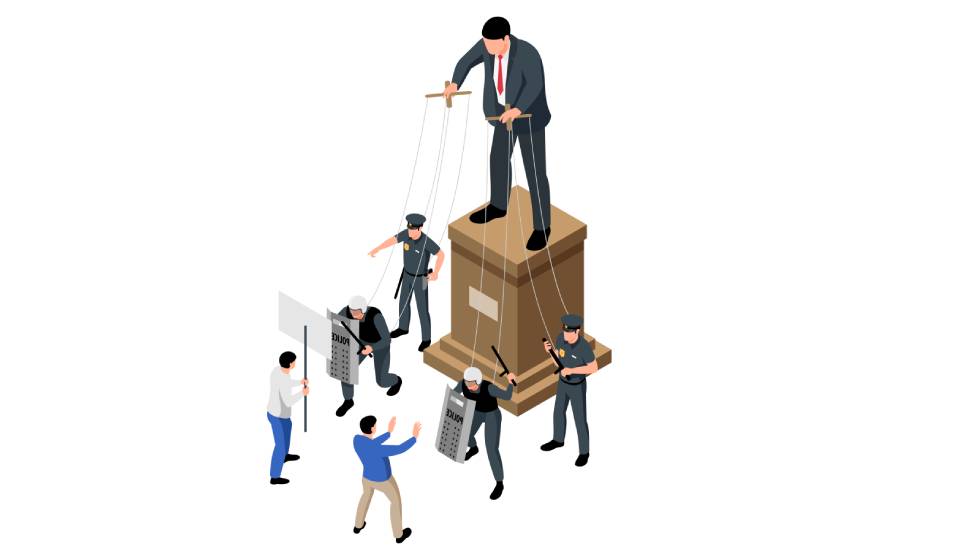
Ever since the Maoists joined mainstream politics, two Nepali phrases, namely, naya satta and satta kabja are in vogue. Basically, the implied meaning of the phrases is to have a new regime (naya satta) replaced by capturing an old state (satta kabja). However, it is doubtful the Maoists have a full grasp of the meaning and depth of the concept of state capture with their preoccupation with capturing the army. Who knows, with the passage of time, they might have shifted their attention?
There are various forms of state capture. There could be deep or shallow state capture, occasional or entrenched state capture or the capture of policy implementation and policy making. Mark Philp from Oxford University quoting the World Bank writes, “distinctions be made between the types of institutions being captured (the executive, legislature, judiciary, or independent regulatory agencies), the parties doing the capturing (private firms, interest groups, political leaders, foreign investors, firms and governments), and the type of benefits (rents) provided to the public officials (bribes, equity stakes, informal control rights).
With the court verdict on Lalita Niwas land-grab scam, policy-level corruption is very much in the news. As former prime ministers and ministers are spared from legal sanctions, many believed it to be a part of policy-level corruption. As per our anti-corruption regulations, Cabinet decisions are exempted from the purview of CIAA investigations. There are growing accusations that in the garb of policy-level decisions, a sense of impunity has prevailed. However, one should be aware that excessive anti-corruption actions could generate perverse behavior among the bureaucrats. It may dampen risk-taking behaviour. This is a kind of catch with an anti-corruption drive.
We have been listening to phrases like medical mafia, manpower mafia, bafia-mafia, jholama khola, bhu-mafia. In a way, these constitute cliche or a proxy for state capture. It will be an interesting observation to see how we cope with state capture in the days ahead as one of the agenda of the ongoing anti-corruption law reform includes an attempt to define policy-level decisions.
In the annals of corruption studies, state capture constitutes the highest form of corruption. It is the grandest form of corruption. Some other proxies included policy capture, conflict of interest, rotating door, regulatory capture and legal corruption. An act constitutes state capture when private interests significantly influence state's decision-making processes. The law is designed to fulfill the vested interest groups. The term state capture came into vogue with the collapse of the USSR. Several breakaway countries exhibited the syndromes of state capture.
As per Daniel Kaufmann, three primary modes of corruption prevailed in former USSR countries. They were influence, state capture and administrative corruption. The first one, which does not involve bribe payment, got exercised by the incumbent firms while the third one is an outright bribery. The state capture involved influencing decisions of the state through bribe payment by the de novo firms.
Although Nepal’s political history can be read through the lenses of state capture - Ranas capturing the state for 104 years, Shahs, in collaboration with panchas, ruling the roost for another 30 years and multiparty wallahs for 15 years - state capture is very much pronounced with the arrival of federal democratic republic (FDR) Nepal. King Gyanendra’s direct and indirect coup is an out and out state capture.
The politics of consensus that got formalized during the prolonged transition period (2006-15) bred corruption by consensus that included sharing of the spoils (bhaagbanda ko rajniti) on a turn by turn basis (aalo-palo system). Remember the introduction of the all party mechanism (APM)? The corruption by consensus is now being replaced by outright state capture. First, the electoral outcomes are being captured by the introduction of electoral alliances (chunabi gathabandhan) which is tantamount to political match-fixing. This has reduced democracy to a farcical level. This has produced an absurd situation where a distant running third party is currently ruling the country.
The second form of state capture can be seen in capturing the decisions of the Constitutional Council. This is to capture all political appointments in the constitutional bodies. The court is pending its decisions related to constitutional appointments made by the Oli government. In a way, this constituted capturing of the judiciary.
The third form of state capture is being exercised at the legislature itself. Switching the country to the FDR Nepal required drafting and re-drafting of hundreds of laws, and this has become the breeding ground for state capture. We need to have a careful eye on who is involved in drafting and redrafting which laws and what types of benefits they are securing or distributing. Distribution of these benefits could be in the form of political appointments in the posh jobs, doling out lucrative contracts and licenses.
You May Like This
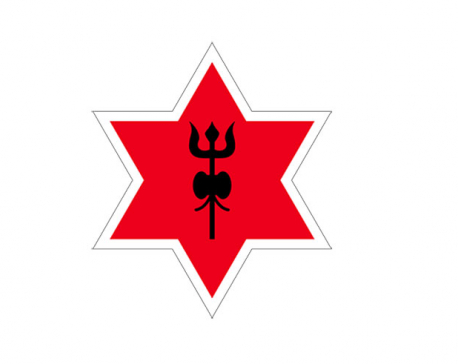
The Elephant in the Room
Scanning social media creates the impression that the Nepal Army is treated as a sacred cow—a virtually untouchable and sacrosanct... Read More...
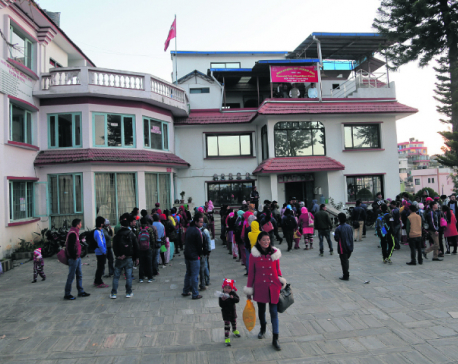
Maoists for requesting China to generate 5,000 MW of hydropower
KATHMANDU, July 17: Ruling coalition partner CPN (Maoist Center) has proposed to request Chinese government to build hydropower projects having combined... Read More...

Stop making anti-govt statements: PM to Maoists
KATHMANDU, July 10: Prime Minister K P Sharma Oli has sought clear answer from its major coalition partner CPN (Maoist Center)... Read More...


Just In
- Ilam-2 by-elections held peacefully, vote count likely to start tonight
- NEA schedules five-day power cut across Kathmandu Valley for underground cable installation
- Hundreds of passengers including foreign tourists in distress as poor visibility halts flights to and from PRIA
- Nepal clinches thrilling victory over West Indies 'A' in T20 cricket match
- Capital Market Struggle Committee stages protest demanding protection of domestic investors (Photo Feature)
- Captain Paudel scores half-century in T20 match against West Indies 'A'
- Nine youths from Tanahu allegedly joining Russian army out of family contact for months
- West Indies 'A' sets Nepal a target of 205 runs












-1200x560-wm_20240427144118.jpg)
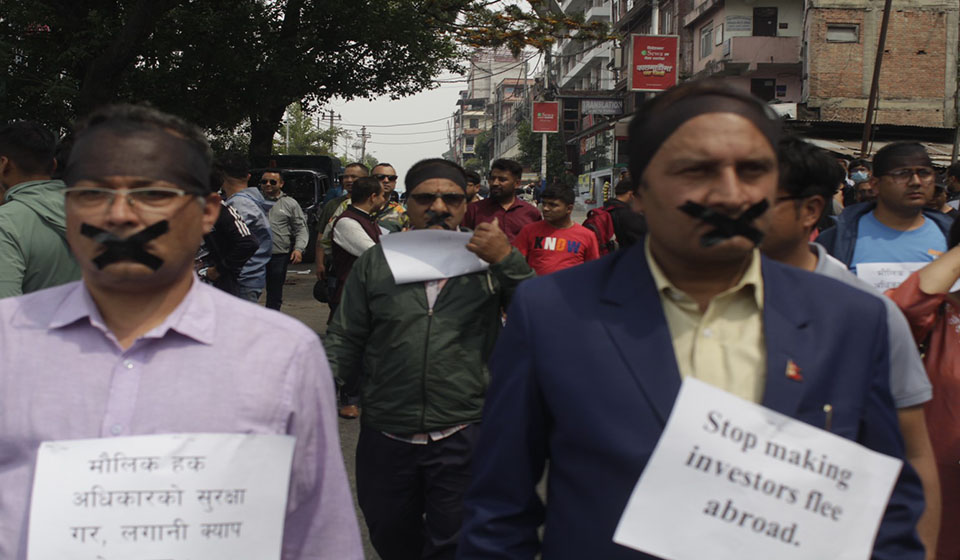
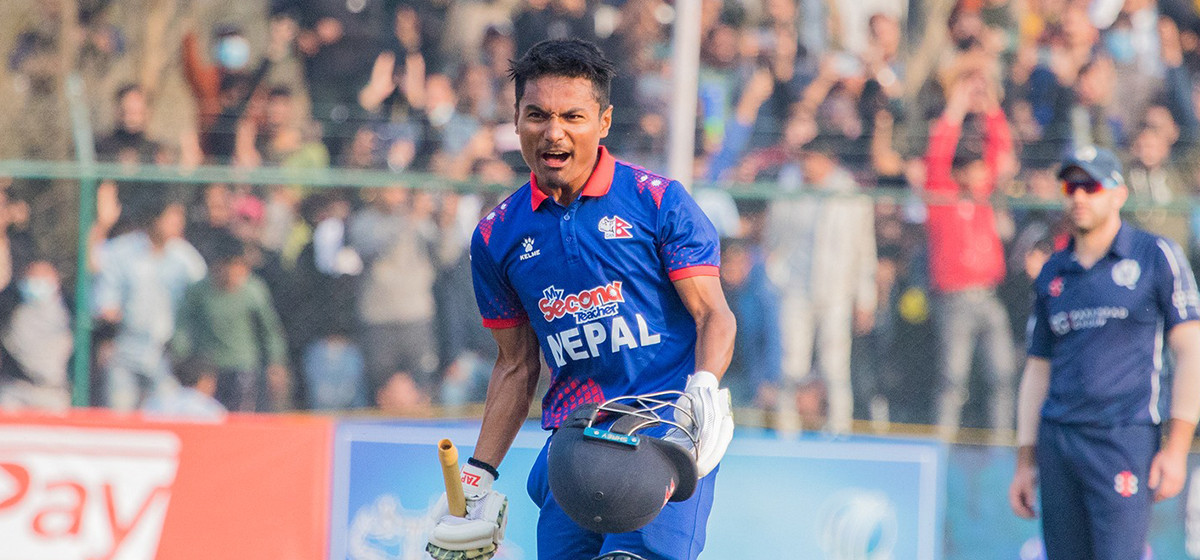
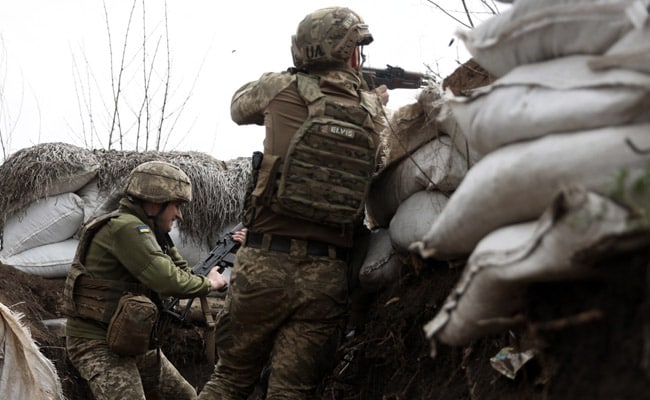
Leave A Comment